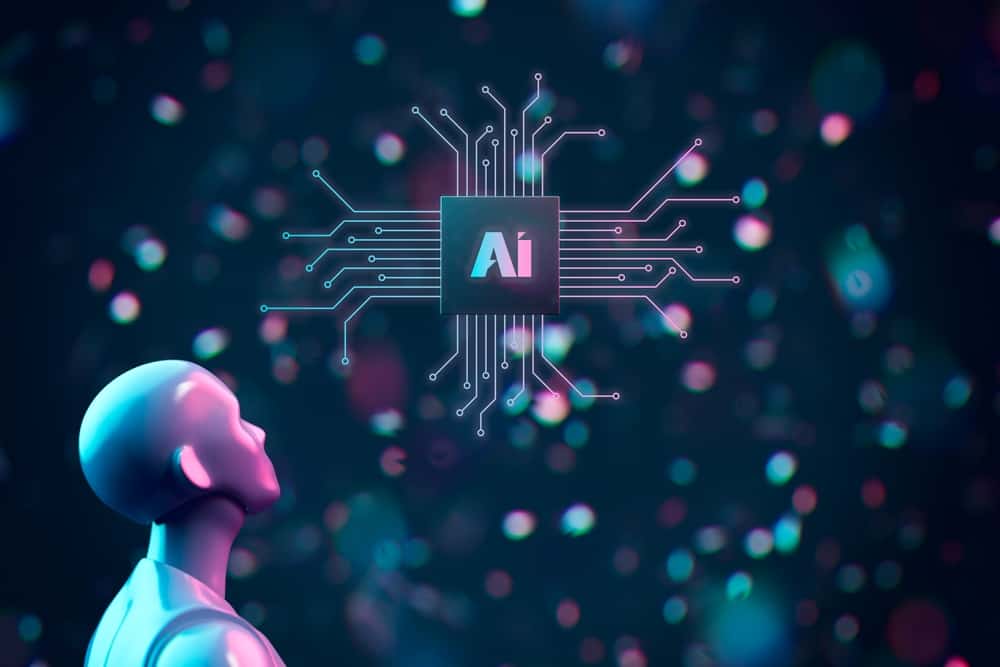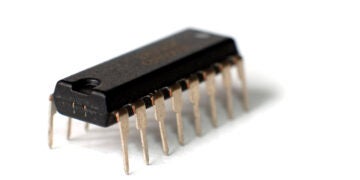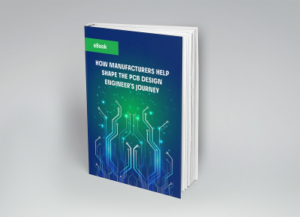
Is using AI for PCB design the future? Or the present?
Aside from the discovery of how to create fire, few innovations have been embraced with as much fervor as artificial intelligence. Artificial intelligence, or AI, began as the study of how to use machines, especially software or computing, to better understand human intelligence. This definition has broadened to include virtually any system–SW and/or HW–that is capable of directing or controlling its functionality or output by differentiating between fixed options.
Whether to perform algorithm processing activities or drive smart physical systems, AI has always relied on electronics for implementation. Ironically or not, AI is now being looked to for developing the circuit boards on which it relies. In fact, some may argue that AI is or soon will be a dominant aspect of the PCBA development process. The veracity of this perspective is debatable. Yet, the proper utilization of AI for PCB design may indeed simplify your workflow.
How AI Is Used for PCB Design
Currently, AI is used throughout engineering. This includes major disciplines like civil, mechanical, and electrical. In electronics, AI is used to optimize component and board manufacturing. The principles of this technology are also applied for various aspects of the PCB design process, as listed below.
|
APPLICATIONS OF AI FOR PCB DESIGN |
||
|
Applications |
PCB Design Focus Area |
Function |
|
Component Placement and PCB Layout Design |
AI technology improves efficiency of placement and routing (P & R) PCB design tasks. |
|
|
Schematic Inspection |
AI is used to capture datasheet information that is used to inspect and verify schematics for accurate component usage. |
|
|
Schematic Design and BOM Generation |
Using your design specifications to automate the schematic and BOM creation processes. |
|
|
Automatic Routing |
Automatically creates the board layout and performs DRC checks. |
|
|
PCB Layout Design |
AI assistant (Co-pilot) answers questions and helps you make design decisions. Integrated with schematic capture and PCB layout tools. |
|
|
Schematic Capture |
AI tool for research, performing calculations, and assisting with design decisions. |
|
As indicated in the table, there are AI for PCB design that provide various types of assistance for your process. By far, the most useful applications of AI for circuit design are currently automated trace routing and smart decision making. These functions leverage data acquisition and aggregation capabilities, which are among the advantages AI offers for PCB designers and engineers.
Should I Use AI in My Board Design Process?
As with all technologies or innovations, when and if you should adopt them into your workflow is an important decision. This decision is further complicated by the sometimes inflated claims of the benefits that will be realized. Therefore, it is important to understand clearly the advantages and disadvantages of incorporating AI for PCB design into your process.
Advantages of AI for PCB Design:
👍 Faster research
👍 Automating manual processes
👍 Better informed design decisions
Speed of research and results compilation is a major reason to employ AI. The amount of development time saved can be hours or days. For P & R tasks, automation can save weeks from a complex project. Another usage of AI is data aggregation and statistical analysis, which can translate into helpful suggestions for your design. However, AI for PCB design also can have disadvantages.
Disadvantages of AI for PCB Design:
👎 Inaccurate component information
👎 Limited design complexity
👎 Ease of EDA Tool integration
The greatest concerns with using AI technology are not related to its mathematical principles and techniques. Machine learning algorithms; such as reinforcement learning, neural networking, and others, have been proven to be scientifically sound and effective at solving engineering problems. Issues arise when unreliable or unverified data is used, which leads to inaccurate results. Problem size and ease of integration can also be significant drawbacks.
Today, understanding the pros and cons is essential for making an informed decision about using AI for PCB design. With the pace at which development of AI software tools for circuit design is advancing, finding PCB design software without an AI engine may be the challenge in the near future.
Optimizing AI for PCB Design
As discussed above, AI can be a tremendous asset. This is especially true when applied for P & R and decision-making support. To achieve the best results when using AI for your design process, a set of guidelines, as listed below, should be followed.
|
How to Effectively Use AI for PCB Design
|
If you’re looking for CAD models for common components and accurate and implementable information, like how to effectively use AI for PCB design, Ultra Librarian helps by compiling all your sourcing and CAD information in one place.
Working with Ultra Librarian sets up your team for success to ensure streamlined and error-free design, production, and sourcing. Register today for free.








